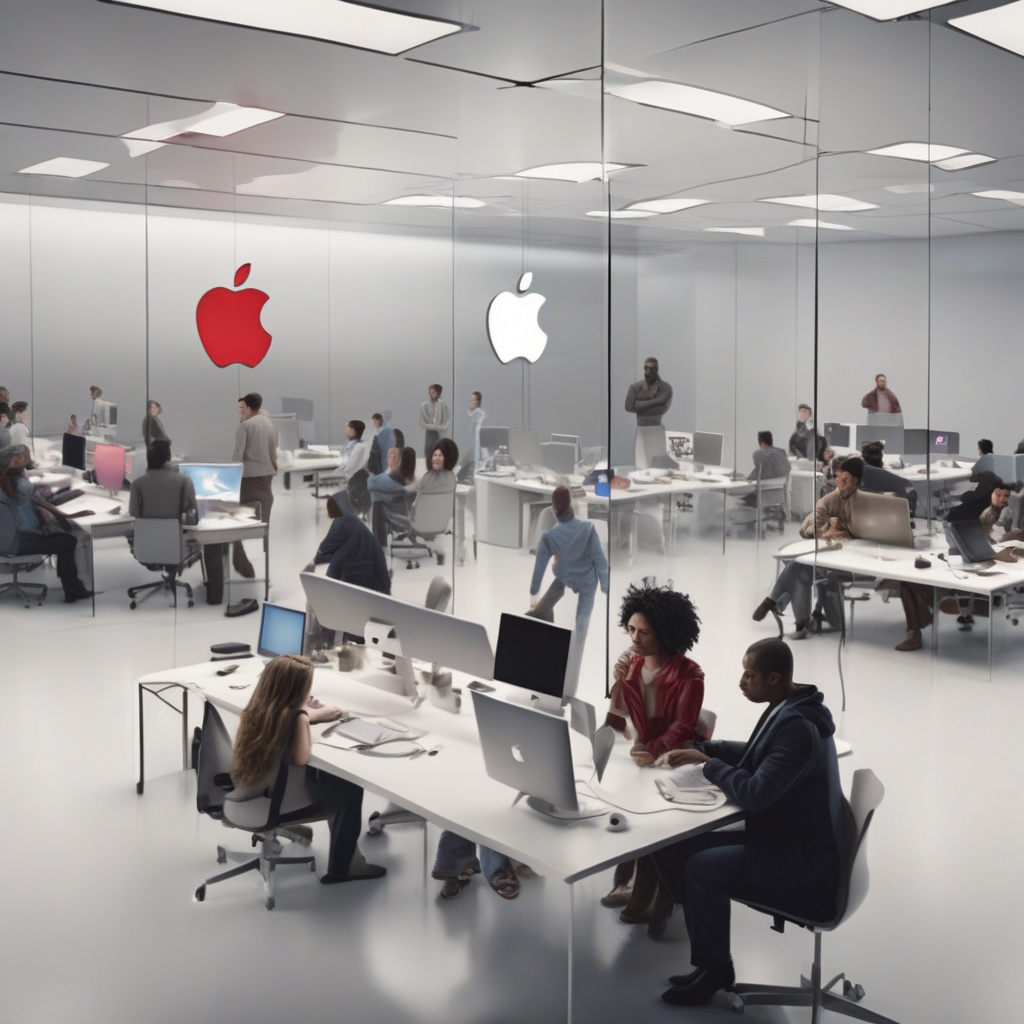In today’s digital landscape, the art of deception has become a potent weapon in the hands of cybercriminals. Jamf’s recent report underscores the critical need for Mac, iPhone, and iPad users to fortify themselves against social engineering exploits, particularly phishing attacks. As the world grapples with heightened international tensions, hackers are capitalizing on evolving security vulnerabilities at an alarming rate.
The Security 360 report by Jamf delves into the security trends affecting Apple’s mobile devices and Macs, shedding light on the staggering volume of security warnings and phishing assaults. With over 500 CVE security alerts on macOS 15 and more than 10 million phishing attempts in the past year, the urgency for robust security measures cannot be overstated. Whether managing Apple products at scale or for personal use, staying informed is paramount.
Social engineering attacks, the primary gateway for over 90% of cyber assaults, often target individuals in their personal spaces before infiltrating organizational networks. The sophistication of these attacks, including zero-day exploits, underscores the need for heightened vigilance. Even Apple, in 2024, issued guidelines to help users recognize and thwart social engineering ploys that leverage personal data and AI to craft convincing scams.
Despite Apple’s secure design ethos, the human element remains the Achilles’ heel of cybersecurity. Shockingly, a quarter of organizations have fallen victim to social engineering, magnifying the importance of individual and collective vigilance. As attackers pivot towards information theft, replacing traditional malware threats, the paradigm of digital security is shifting towards a more proactive defense strategy.
To combat the rising tide of Apple-focused malware, proactive steps such as regular software updates, stringent account protection, and cautious online behavior are crucial. Embracing two-factor authentication, leveraging strong passwords, and limiting app installations to trusted sources like the App Store can bolster defenses. Avoiding outdated operating systems for handling sensitive data is a non-negotiable step in safeguarding against potential breaches.
For organizations, a layered defense approach is imperative. Implementing Apple-specific security solutions, embracing endpoint management, fostering a culture of incident reporting, and investing in comprehensive staff training are vital components of a robust security posture. In an era of hybrid work models and pervasive mobility, traditional perimeter security is no longer sufficient. Adopting a zero-trust model and embracing multi-layered security protocols are essential for safeguarding critical assets.
As the threat landscape continues to evolve, proactive measures and continuous vigilance are the keys to mitigating risks. By staying informed, adopting best practices, and fostering a culture of security awareness, individuals and organizations can navigate the complex cybersecurity terrain with resilience and confidence. Remember, in the realm of digital security, preparation and vigilance are the cornerstones of effective defense.

